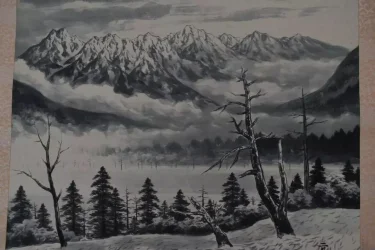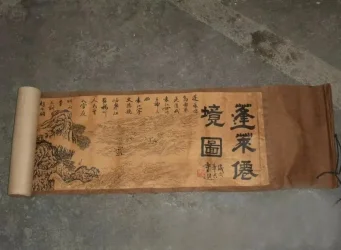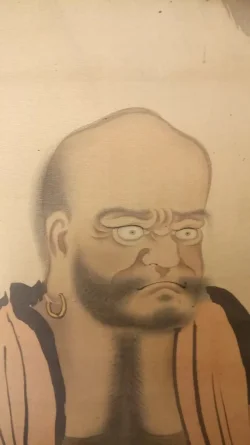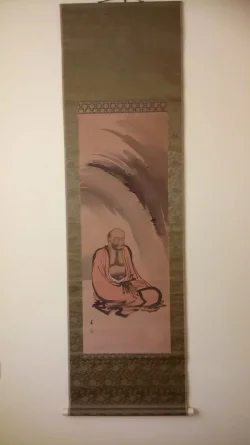opr1945
2nd Black Belt
Okay, my ignorance is showing here. I thought, in the other thread you said said it was basically a contract thought to have religious significance called a KAKEJIKU (which I guess just means scroll?).
Here you referred to it as kaimyō, which I understand to be memorium of a deceased person (death certificate).
can you clear up my confusion? Thanks.
Here you referred to it as kaimyō, which I understand to be memorium of a deceased person (death certificate).
can you clear up my confusion? Thanks.









